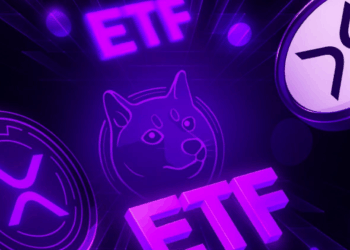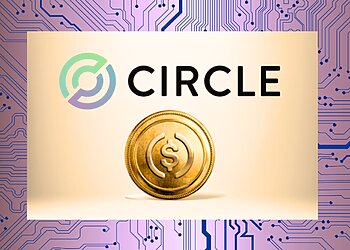Pi Network Token Plunges Amid Transparency Concerns
The Pi Network, a cryptocurrency project that has garnered millions of users through its mobile mining application, is currently facing significant headwinds. Its native token, Pi Coin, has experienced a sharp decline in value, plummeting by over 75% since its mainnet launch in February 2025. This downturn is largely attributed to growing concerns regarding the project’s transparency, lack of concrete utility, and limited accessibility on major cryptocurrency exchanges.
Key Concerns and Developments:
- Drastic Price Drop: Since its mainnet launch, the Pi token has fallen below the symbolic $1 threshold, with some reports indicating a plunge of over 50% in a matter of hours during certain periods. This volatility reflects a lack of solid economic and technical fundamentals, fueling skepticism among its long-term holders.
- Lack of Major Exchange Listings: Despite its claimed market capitalization exceeding $5 billion and a substantial user base (reportedly over 60 million pioneers), Pi Network remains unlisted on prominent cryptocurrency exchanges like Binance or Coinbase. This absence significantly hinders liquidity and real-world applicability, limiting the token’s trading opportunities for users. Critics suggest this lack of listing is due to the Pi Network team’s alleged lack of transparency, a crucial criterion for major exchanges.
- Transparency Issues and Allegations of Deceptive Practices:
- Insider Dumping: Allegations have surfaced from crypto researchers and community members, accusing the Pi Network core team of orchestrating a “pump-and-dump” scheme. Reports claim that large amounts of Pi tokens, potentially linked to core team wallets, were dumped, causing significant price crashes. While the Pi Core Team manages various operational wallets, these accusations have intensified calls for greater transparency regarding token allocation and movement.
- Centralized Control: Concerns persist about the project’s centralization, particularly with the core team reportedly controlling most of the Pi Coin supply and operating the majority of validator nodes, contradicting the decentralized ethos of blockchain technology.
- Vague Roadmaps and Lack of Deliverables: The project has been criticized for vague roadmaps, slow rollout of decentralized applications (dApps), and a general lack of concrete developments. While a $100 million “Pi Network Ventures” fund was announced, details regarding its activity and impact remain unclear, disappointing a community eagerly anticipating a functional ecosystem.
- KYC and Token Access Frustrations: Many users still face challenges in accessing their mined Pi tokens due to ongoing Know Your Customer (KYC) validation issues. This has caused frustration, especially for pioneers who have been involved with the project for several years. The mandatory KYC process, coupled with centralized user data storage, also raises privacy concerns.
- Limited Utility and Ecosystem Activity: Beyond the initial mobile mining concept, there’s a notable absence of DeFi applications, DEXs, or smart contracts deployed on the main network. This leaves the blockchain without a concrete use case, making the demand for Pi primarily speculative. The announced PiFest shopping campaign and domain name auction feature have been limited in scope, failing to significantly enhance the token’s utility.
The Pi Ventures project
Many are growing increasingly skeptical about Pi Network’s future, largely due to the Pi Ventures project. Despite the fanfare surrounding its $100 million fund for Web3 startups, there’s been no official news or visible progress. This lack of concrete development is raising serious questions about the project’s ability to deliver. While the community remains vast and active, continued inaction could sour public opinion. If Pi Network doesn’t quickly rebuild trust with legitimate exchange listings, meaningful DeFi announcements, or real-world deliverables, it’s likely to be remembered as a project that promised much but ultimately fell short. 
In summary, the Pi Network is at a critical juncture. While it boasts a large and enthusiastic community, its failure to address transparency concerns, secure major exchange listings, and deliver substantial real-world utility has led to a significant loss in token value and growing disillusionment among its users. The project’s future largely depends on its ability to regain trust through clear communication, concrete developments, and a genuine commitment to decentralization.










